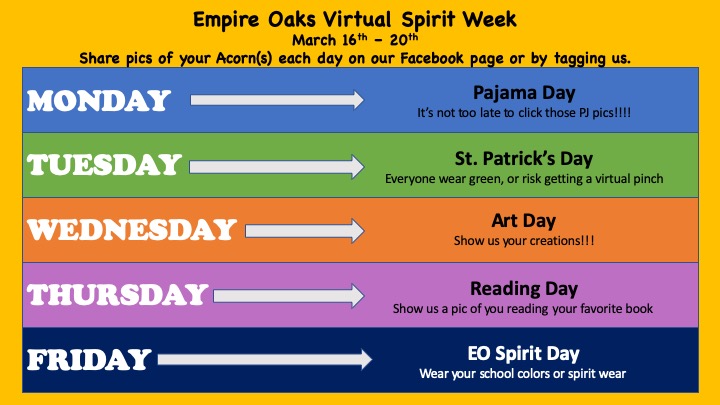 The best PR tip I can offer in the midst of COVID-19 (or any crisis, for that matter) is that you should be running an offense and defense at the same time.
The best PR tip I can offer in the midst of COVID-19 (or any crisis, for that matter) is that you should be running an offense and defense at the same time.
This can be a challenge to do, if you’re a one person PR team (or administrator wearing multiple hats, including PR). So, if you haven’t already put together a communication and PR team, start now.
However, it is incredibly important to not only manage the current reality, but also to paint a picture of the future.
I read a great recent article on PR Daily that I’m going to summarize here, and put into context for education organizations, particularly during COVID-19 school closures and re-openings.
Your Defense Team
Your “defense team” includes those managing the current crisis. This team should be comprised of the most resilient—those who are quick to take action, are the voice of calm and reason, and who survey the current landscape and adhere to the facts as they manage the crisis.
In a school district your defense team should include someone from HR (familiar or involved with current negotiations), an instructional administrator (like an Assistant Superintendent for Instruction/Curriculum), and a student welfare/social emotional health administrator.
Your Offensive Team
Your offensive team looks to the future and is not involved in the current crisis. Those best suited for this team are curious and self-starters—they veer away from comfort zones, are competitive and strategic, and can see at least six months down the road. This could be your CBO, facilities director, health officer/administrator, and a principal rep for each level in your district (elementary, middle, high school).
You, as the communication leader, will work with both teams and manage the strategic direction and progress, and your superintendent will also be involved with working with both teams, as they set the direction for the district as a whole.
Both teams should be providing talking points to your Board of Education and coaching your board members on resisting the urge to post articles or opinions that may cause confusion about the district’s messaging or plans.
Keeping an Eye on Your Future
While your stakeholders are living in the present, they are also shaping their opinions about the future. While yes, parents are focused on what grading options are available and how Class of 2020 graduates will be honored during shelter in place, they are also creating some very strong opinions about distance education–not just the delivery, but also the quality. Parents and staff members are also concerned about schedules and safety when schools re-open.
- Communicate about your district’s commitment to providing a high quality educational experience and your district’s values: Parents have choices, and there are many online education programs that may be delivering distance education in a higher quality format and approach than what is being offered by their school district. With the prospect of distance education being some part of a hybrid educational approach in the 2020-21 school year, it is imperative that you are reinforcing parents’ confidence in your schools by letting them know how you are planning on ensuring that students are receiving a high quality education and what that will look like in 2020-21.
- Communicate about what discussions are in progress about the upcoming school year: Silence is not golden in the world of communications. Silence opens up too many opportunities for other people to fill in the blanks. Provide your stakeholders some information about the conversations you’re currently having about next year’s re-opening plans, what assumptions will be made, and your district’s priority on the health and safety of students and staff.
- Show empathy: Acknowledge that you understand that parents and staff desire to have concrete answers so that they can plan ahead, and show gratitude for their patience. Let them know that the upcoming school year will be different for everyone, and that the district is planning for providing more emotional/social supports for students and staff in navigating the changes ahead.
Every great team has a strong offense and defense running parallel, and in school districts, you can develop two strong communication teams that can effectively manage the current needs while also keeping an eye on the ball, so that you can have a winning approach to keeping your district’s reputation and relationships strong and intact.
Need help developing your winning team?
As an integrated partner and strategic advisor, Sounding Board Marketing & Communications can come alongside you in developing your communication team and providing strategic advising to implement successful communication approaches. Give us a call at 916.673.8868 or hvmcgowan@sounding-board.net


